2022 Mahindra Scorpio N Review: First Drive
Arguably Mahindra’s most famous model, and the model that enabled their entry as a serious player in the passenger vehicle market, the Scorpio has a serious fan following in India. Question is, with the comprehensive upgrades, does the Scorpio still offer a compelling package to Indian customers?
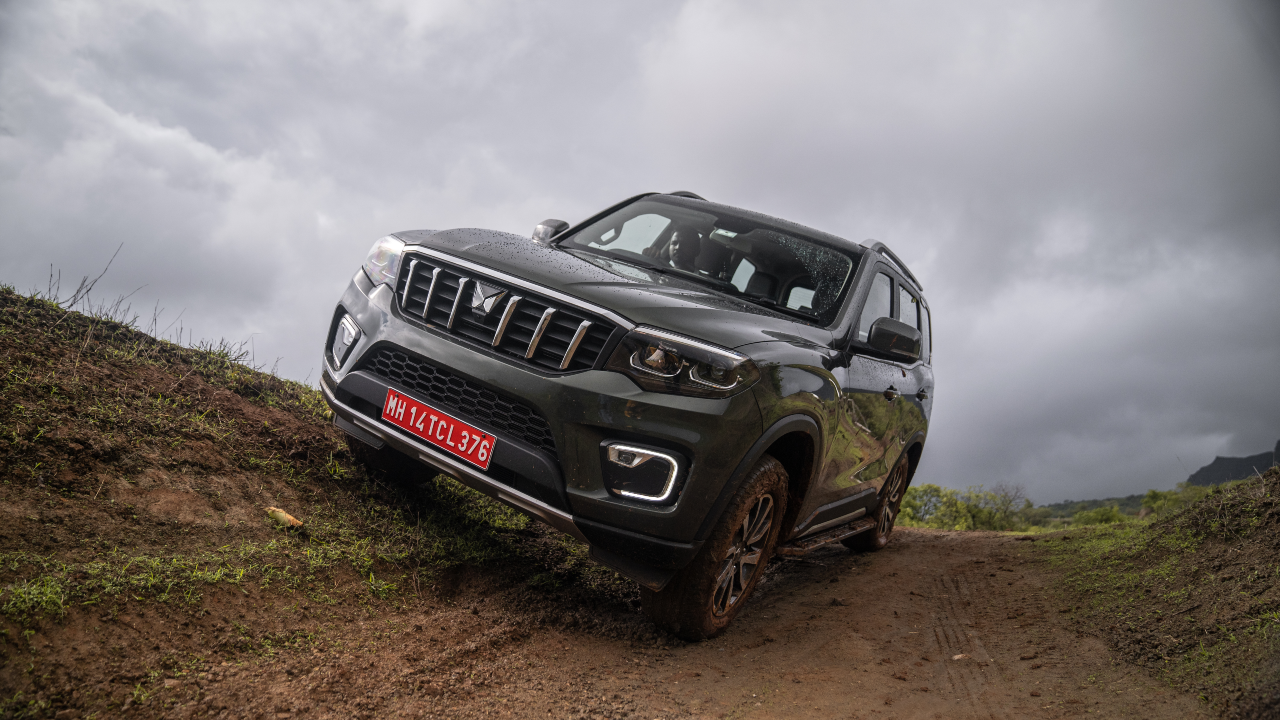
Are the comprehensive upgrades of the third-gen Scorpio enough to make it a compelling package for Indian customers?
The history of Mahindra & Mahindra as a maker of passenger vehicles in India is long and quite eventful. From its early days of assembling the Jeep to producing many variants of its UV platforms – like the MM540 and its predecessors – the company was always known for creating capable vehicles; however, it always catered to passenger vehicle customers – people like you and me – and continued to do so for many decades. However, it all changed in 2002, when Mahindra launched the revolutionary Scorpio – one of the two first indigenously developed SUVs – and transformed the market. In a market bereft of new and capable products, the Scorpio came as a breath of fresh air to Indian customers, and despite its flaws, it was an absolute smash hit. Over the past 20 years, Mahindra kept improving the Scorpio, and the appeal of the Scorpio brand and success grew increasingly – with nearly 8 lakh units sold in India already, the Scorpio has become a household name.
Now, given Mahindra’s recent success – the XUV700 and Thar, for instance – and the appeal and popularity of the Scorpio’s brand name, Mahindra had its task cut out to come up with the new Scorpio. Fanboys would want it to have all the capabilities of a ladder frame chassis vehicle, and the regular customers would expect it to offer an experience similar to that of the XUV700. So, how successfully does Mahindra balance both? Well, we drove the new Scorpio both on and off-road to find out.
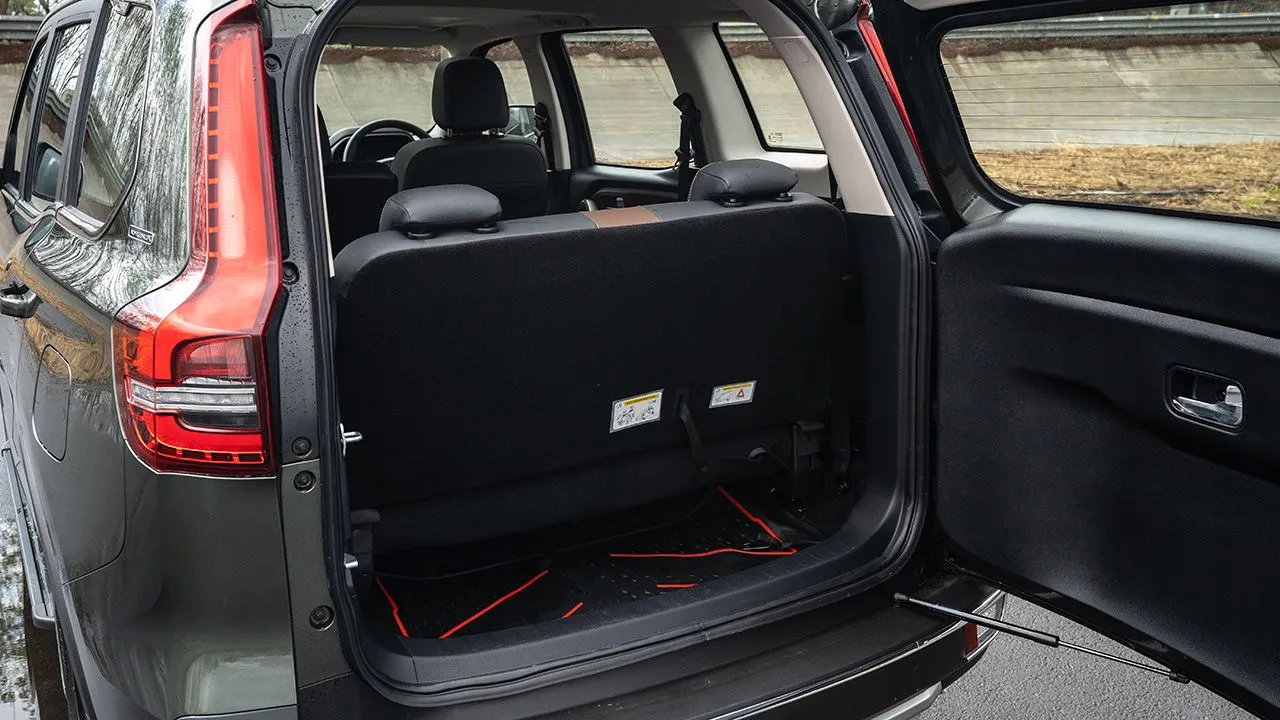
Balanced Design
If there was one thing that I found a bit odd in the two older generations of the Scorpio, it would have to be the design. There were issues with its driving and handling too, but I’ll come to them later. In the new Scorpio, though, given Mahindra’s newfound design capability, there’s not much to complain about. The front maintains a large grille with vertical chrome slates and swept-back headlamps, which gives the Scorpio its unique identity. However, it’s the profile that has received the most improvements. With a wider track, reduced ride height, and balanced proportions, the Scorpio finally seems to have a balanced design. The swollen shoulder door design, with flat slab-sided lower surfaces, however, reminds you of the Scorpio’s design history. At the same time, the kink in the C-pillar makes it a uniquely Mahindra design. A distinct highlight of this Scorpio is the tasteful and restrained use of chrome, which is not overdone and complements the overall design well. The positioning of the wheels – the Z8L version that we drove had 18-inch wheels – also adds to the design of the car. The only disappointing aspect is the tailgate, which seems to bring a rather abrupt end to the whole flowing design of the car. Overall though, the new Scorpio is a great improvement over its predecessors in terms of design and has a great presence on the road.
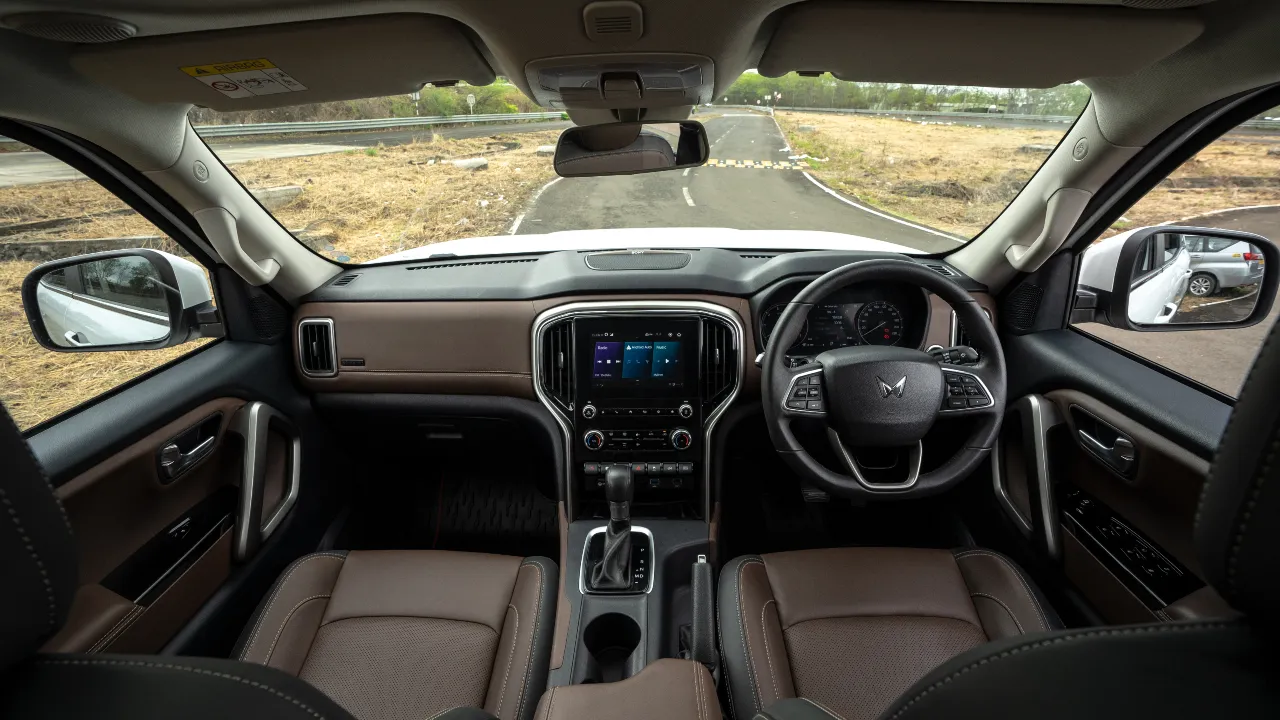
Spacious Inside
The Scorpio’s interior also gets a major leg-up over that of the previous generation, with improvements in design, fit-and-finish, equipment levels, and space. Of course, despite the height reduction, the Scorpio is still a fairly tall SUV – you can easily get into it by using either the sidestep or the handles mounted on the A-pillar for both the driver and passenger. The leather interior and trim of our Z8L test car felt plush, well finished, and well designed. The two-tone coffee-and-black colour scheme feels premium, while the recessed dashboard design also gives it a sense of spaciousness in the front row. In the second row, the scooped-out roof means that passengers taller than six feet will have enough space, while the adjustable back-rest angle adds to the overall comfort of passengers. Plus, it can be configured in both bench and captain-seat formats. The third row, however, is a compromise. Now, getting into it is not a difficult task, as you can use the side step, but the floor level remains high, and in my opinion, it’s a place best suited to children and short journeys. Of course, like most vehicles in its class, the Scorpio’s boot space is virtually non-existent with all three rows of seating in use. So, if you are looking for an SUV for long-distance travelling, keep in mind that the Scorpio is best suited to five people.

Considering the last Scorpio, the feature set of the new one is rather impressive. Dominating the dash is an 8-inch touchscreen, which works well and is equipped with various connectivity options – although Mahindra has not yet activated Apple CarPlay on its cars. Our Z8L variant even had a 12-speak Sony surround sound system, which sounds quite good. The dual-zone air-conditioning is impressive, and the second row also comes equipped with dedicated air vents. Unlike the XUV, there is no panoramic sunroof in the Scorpio – a standard sunroof is available on certain variants though. Also, there are some features that I think could have been better – for instance, the manual day-night ORVM, which at this price point should have been automatic. The conspicuous absence of ventilated front seats sticks out like a sore thumb, for they are really a godsend in our brutal summers. On the other hand, the air-conditioning system works fantastically well and takes very little time to cool the cabin.
Newfound Balance
The biggest change, though, in the new Scorpio is the way it behaves on the road. To be honest, I’ve driven the past two generations of the Scorpio extensively and was never a fan of how they drove. Given their high centre of gravity, narrow track, and inadequate suspension, I always found them quite stressful to drive in my usual aggressive manner. However, given the new lighter and stiffer chassis, driving the third-gen Scorpio is simply a revelation. It flows along curves and tight corners in a way that drivers of the older Scorpios simply won’t recognise. The overall high-speed stability is fantastic, and the suspension deals with bad roads very well. Moreover, the body roll is controlled, and the new electrically assisted steering feels natural and is not overly heavy.

Add to all this the new powerful engines on offer – we drove the 200bhp 2.0-litre turbo petrol version – and what you get is a car that moves very briskly. The excellent refinement significantly adds to the overall driving experience – the engine noise levels are low, and the cabin remains quiet. And except for some vibrations creeping through the floor, the overall feel of the cabin is very plush. There is a 6-speed automatic gearbox, which works well most of the time; however, I would have liked to see steering-mounted paddle shifters for the automatic, for it seems to be tuned for efficiency at low throttle inputs and takes far too long to kick down. Given its ladder-frame chassis, the Scorpio will also offer four-wheel-drive ability in the diesel variants, which should also be a big draw for a niche group of customers.

Now, while Mahindra’s engineers have done a fantastic job at taming the ladder frame setup with trick suspension, wider track, and trick shock absorbers, there is no escaping the fact that this is not a monocoque setup. While ride quality is very good, on consistently bumpy surfaces – like the Mumbai-Pune expressway – the suspension can produce a bouncing effect. Similarly, if you hit a speed breaker too fast, you will feel the lurch consistent with a ladder frame chassis. Also, with its heavy weight, the turbo petrol engine will always be a thirsty proposition, no matter how and what road conditions you drive in. At best, you can expect an average of 8 – 9km/l. So, if you’re someone who racks up a lot of miles, the diesel variants should be your first choice.
Promising Package
All said and done, the Scorpio remains a tempting package for many reasons. First, it will appeal massively to existing Scorpio customers who swear by its abilities, which have undoubtedly been significantly improved in this generation. Second, if you don’t mind the compromises of a ladder chassis, the Scorpio is fantastic to drive and has decent space, quality, and equipment – in short, it is truly a revelation. Sure, we only know the pricing of the manual transmission variants yet – the prices of the automatic and four-wheel-drive versions will be announced later – but at the current pricing, it seems like quite a decent package. Is it perfect? Nope, it’s not. It could do with paddle shifters, an automatic ORVM, further improvement to its ride on rough surfaces, etc. However, there is no doubt that it is a more capable offering than its ladder-frame rivals, such as the Toyota Innova Crysta, on account of its better driving appeal and ride quality.

Ultimately, while we might seem to nit-pick shortcomings in its dynamics, the fact is that Mahindra has achieved major milestones with the new Scorpio. And I think that it’s going to be another smash hit for the brand in the Indian market.
Read more:
Mahindra Scorpio-N vs Tata Safari Spec Comparison: Engine, Features and More
Engine: 2,000cc / 4-Cylinder / Turbocharged
Fuel: Petrol
Transmission: 6-Speed Automatic / Rear-Wheel Drive; Four-Wheel Drive
Power: 200bhp @ 5,000rpm
Torque: 380Nm @ 1,750 – 3,000rpm
Price: ₹11.49 – 19.49 Lakh (Ex-Showroom)
X-Factor: With its new dynamics and balanced design, the Scorpio is sure to be loved by Indian customers.
|
Pros |
Cons |
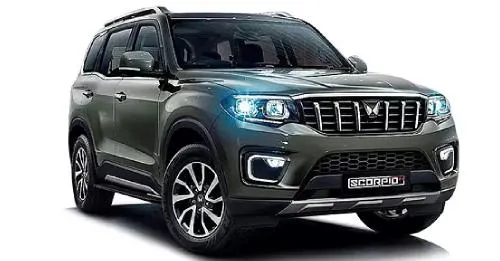
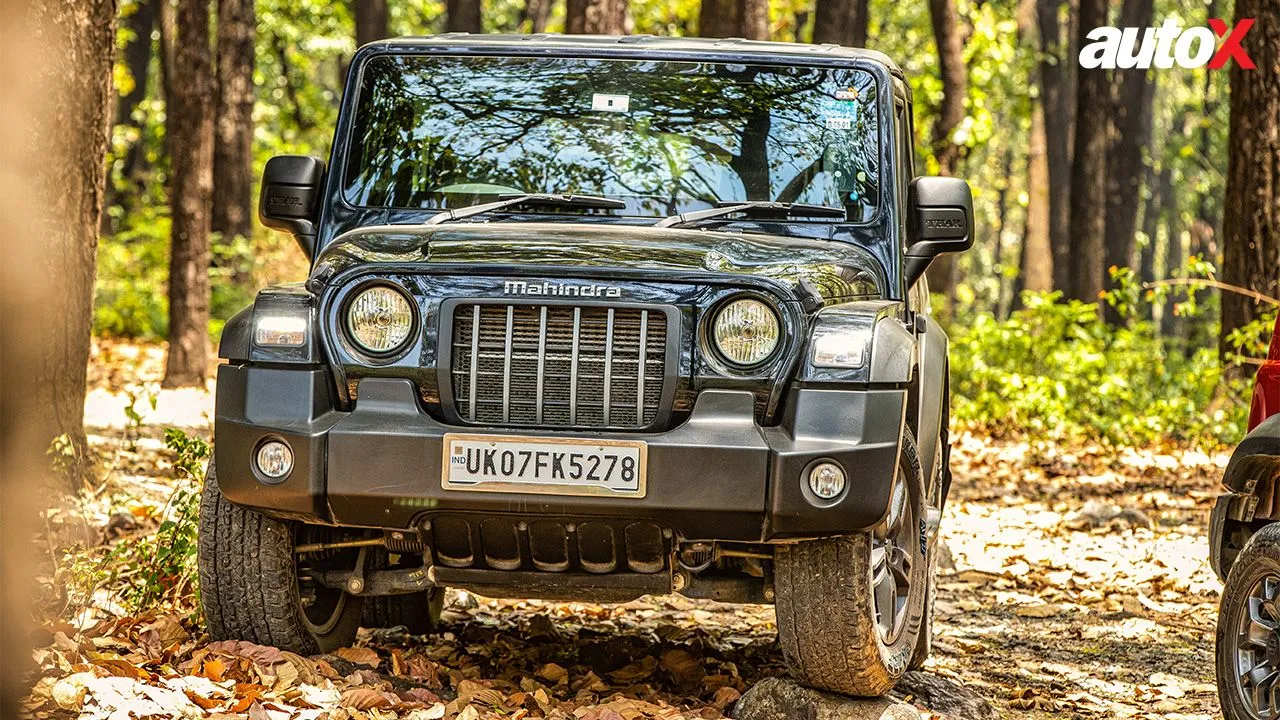


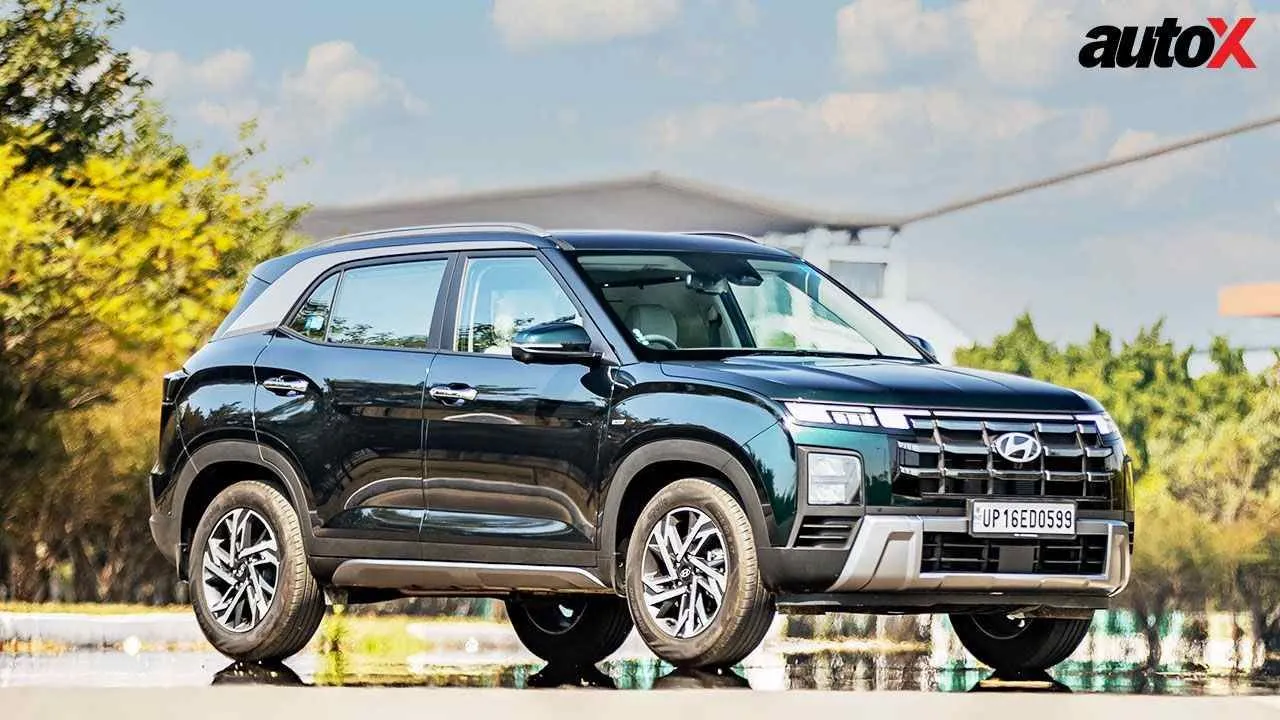
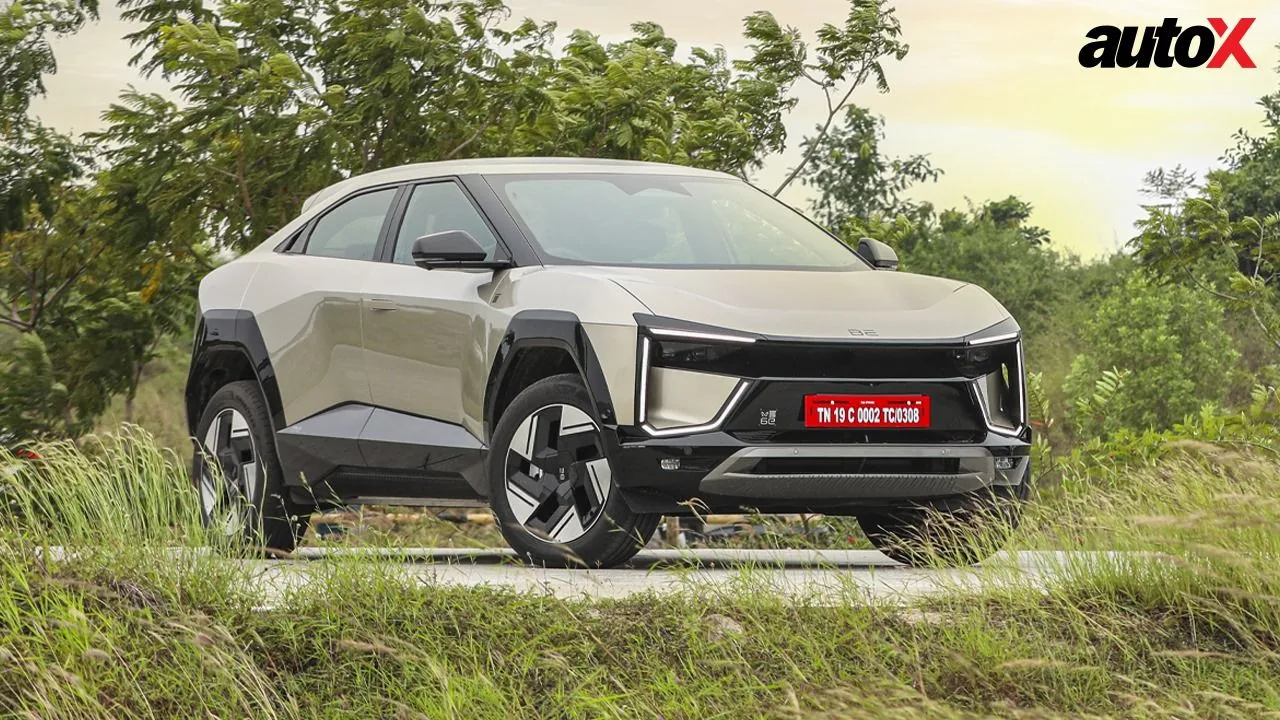
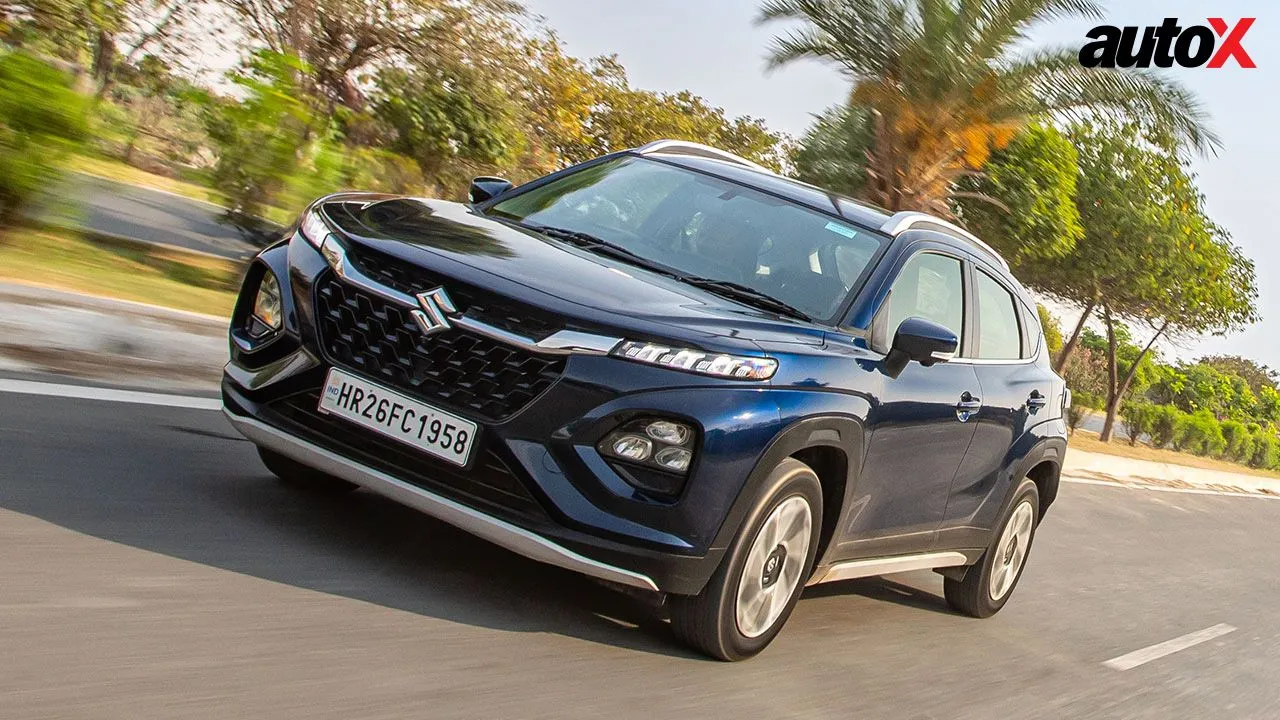
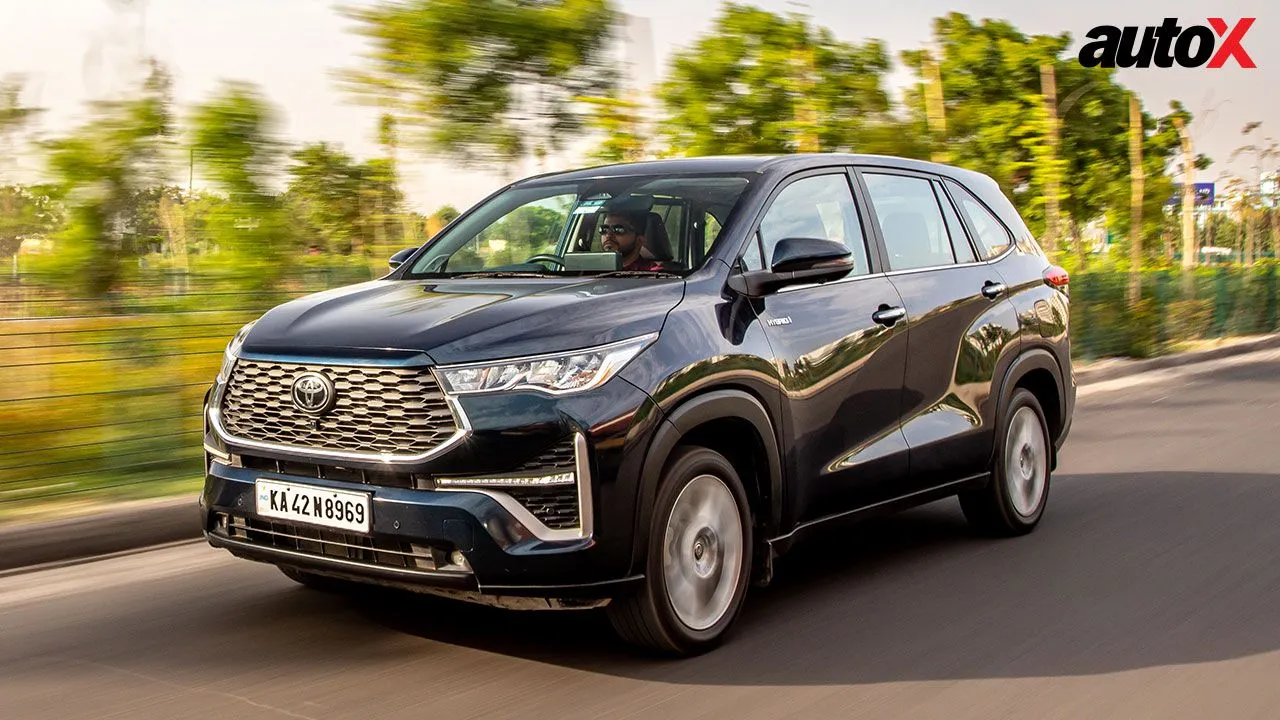
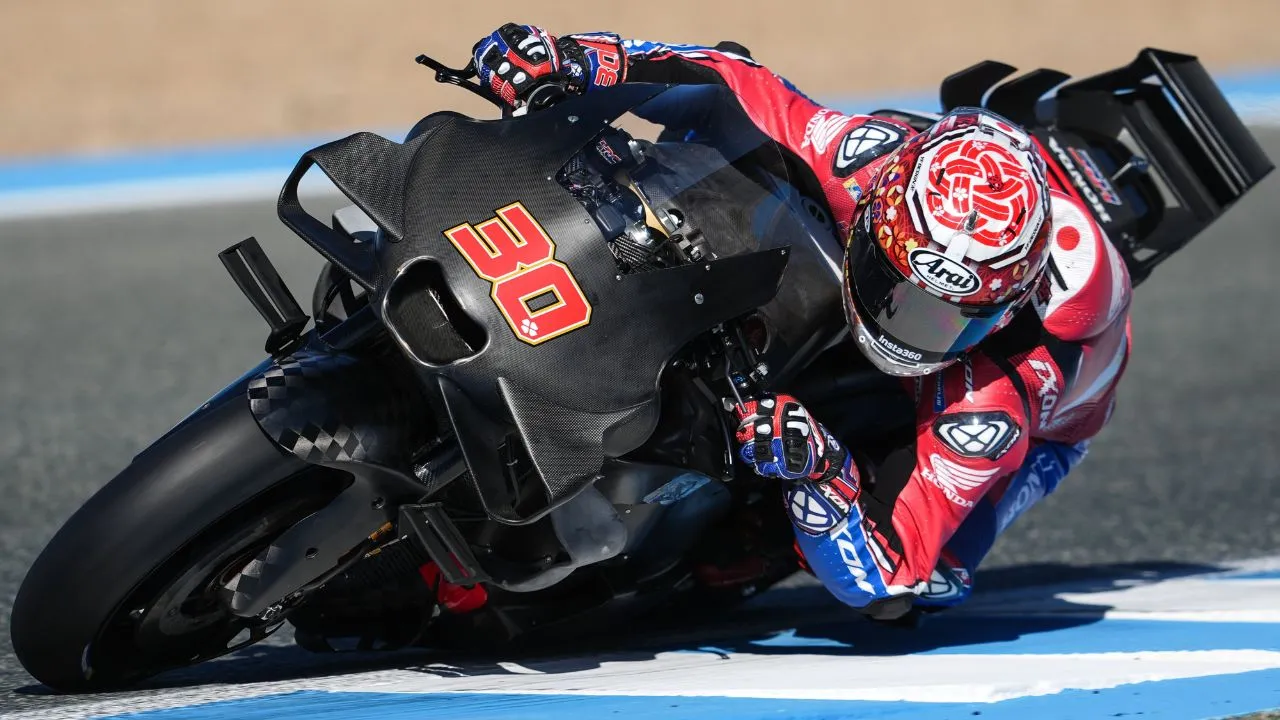
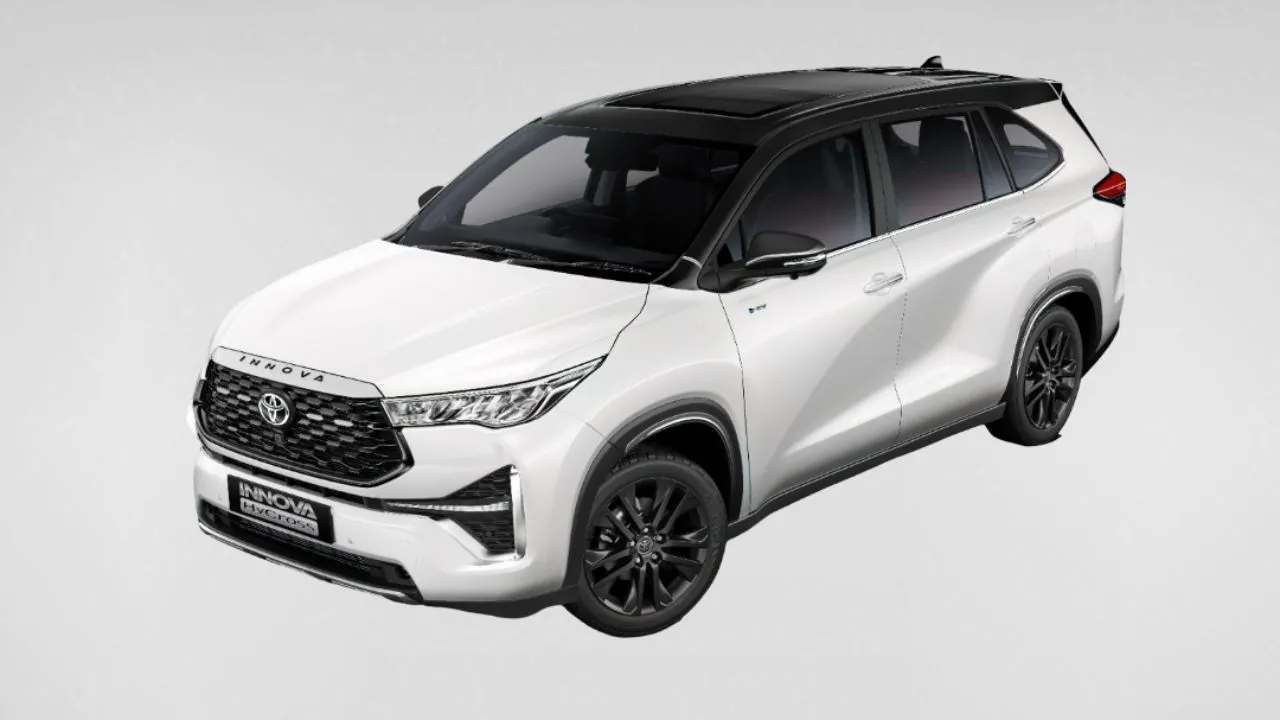

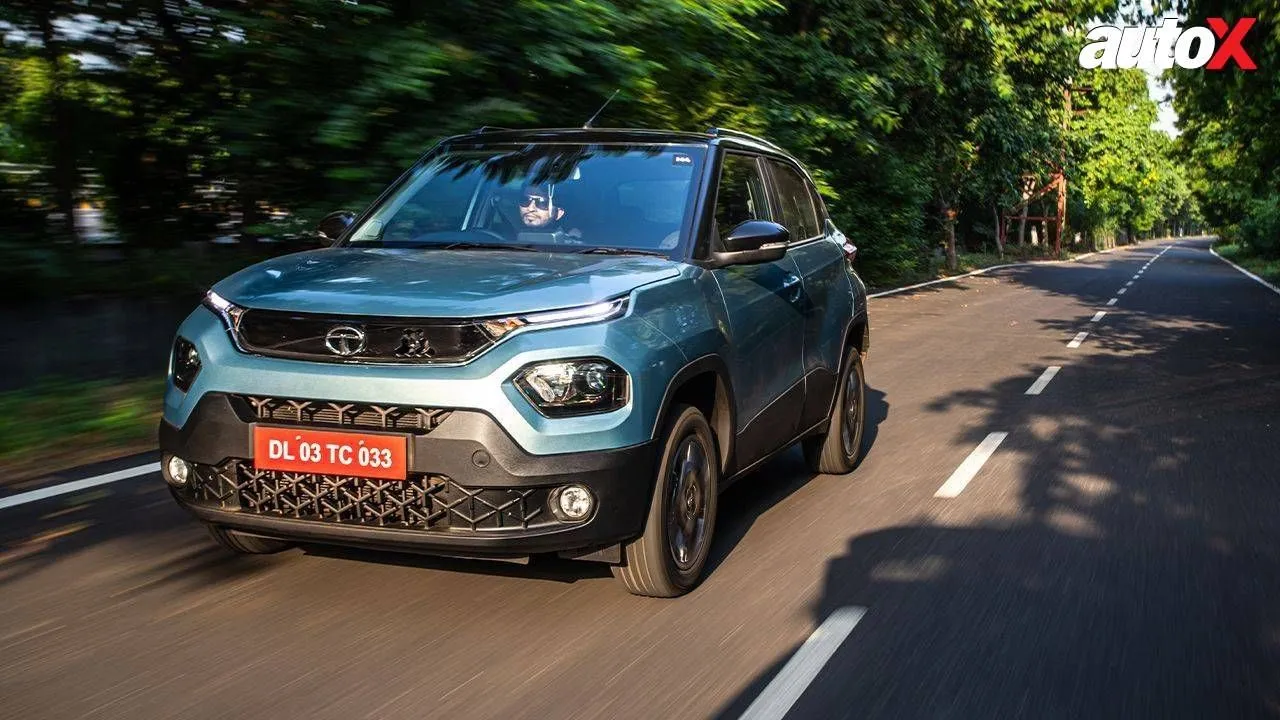

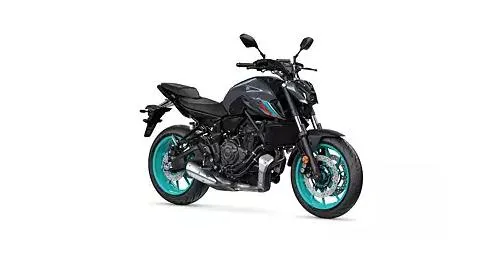












Write your Comment on